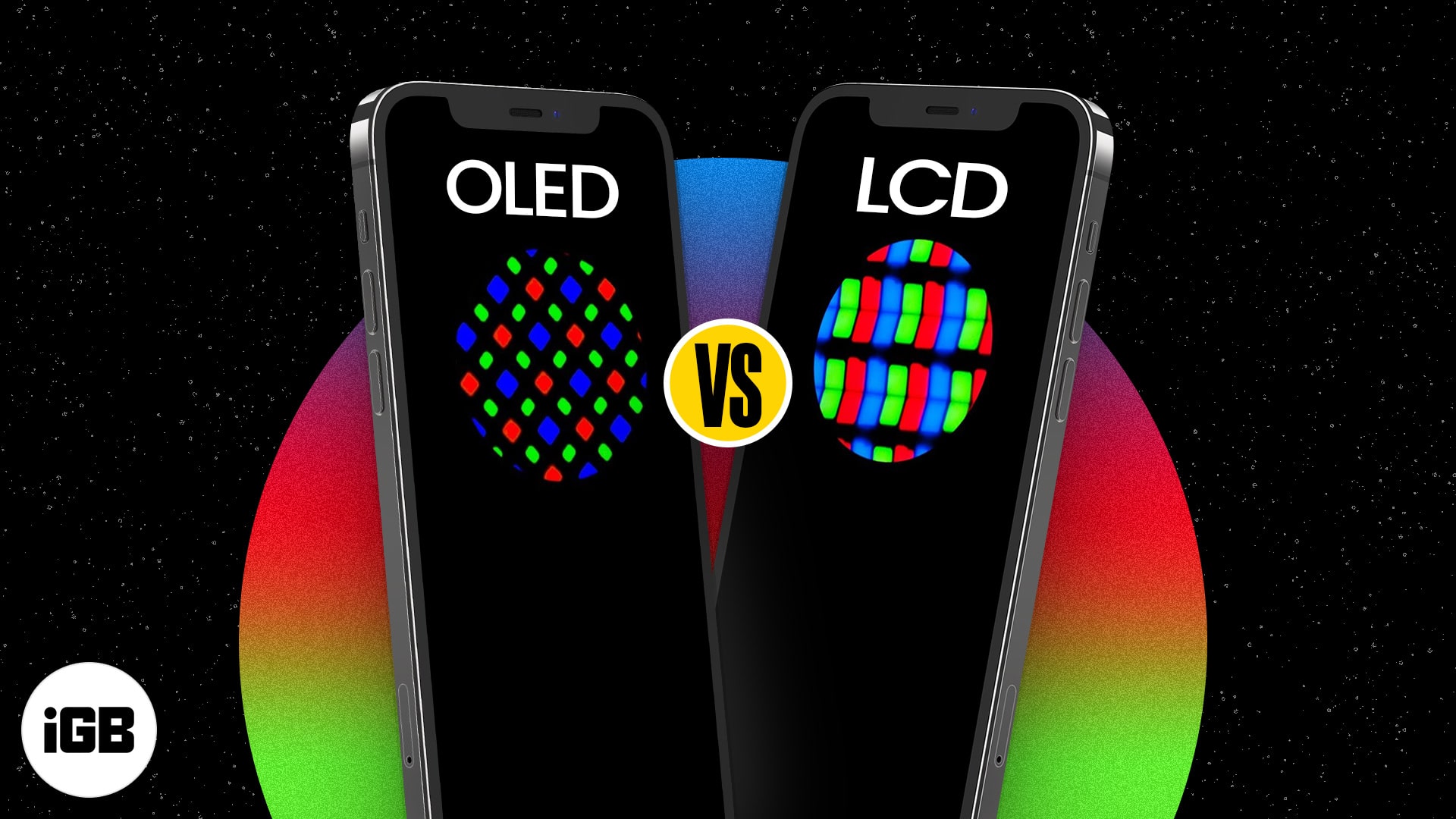With the new iPad Pro in the market, dinner table conversations will mainly comprise its M1 chip and faster performance. But has anyone noticed Apple changing 12.9 inches model’s display to Liquid Retina XDR?

Apple has been experimenting with the display technology of its devices lately. The older iPad Pro models featured a Liquid Retina, which further upgraded to XDR in April 2021.
Let us first understand what Liquid Retina Display is and why the iPad has an XDR version of it before comparing it with Super Retina (more about it later).
What is Liquid Retina Display?
With iPhone 4, Apple launched its first super-high-resolution screen, Retina Display. Liquid Retina Display is an improved version of Retina screen boasting an LCD (found in laptops, monitors, and other mobile screens) with many pixels as its foundation.
In simple words, Liquid Retina comprises a screen featuring jam-packed pixels to give a high-resolution input, preventing you from seeing lines or pixels with naked eyes.
Liquid Retina XDR Display on iPad Pro: What does it mean?
The most recent and advanced version of Liquid Retina Display, Liquid Retina XDR Display, lets you experience the objects just like the real world and refrains from hiding any details, even at the darkest hour.
The screen is engineered with a new cutting-edge technology that uses 10,000 LEDs across the back of the display. This setup lets your iPad create a one million-to-1 contrast ratio, empowering you with the finest vision.
With the hardware-backed up so strong, your iPad features up to 1600 nits of peak brightness and up to 1000 nits of full-screen brightness.
But how exactly does Liquid Retina Display helps enhance the user experience? Let’s understand it better!
Benefits of Liquid Retina Display
- Paper-like screen effect: The main reason behind having a Liquid Retina Display is its paper-like screen effect with mini LEDs in the backdrop and a higher level of PPI ratio.
- Best of both worlds: In a way, Liquid Retina Display takes the good from both Regular Retina screen and Super Retina and gives you a one-of-a-kind combination. It comprises 10,000 LEDs to create a pixelated display, but the haptic effect and contrast ratio stick around the regular Retina side.
- Higher pixel count: The OLED-based Retina Displays found in iPhone XS, iPhone XS Max, and iPhone X boast significantly higher pixel counts, thereby improving the brightness and contrast ratios.
But this doesn’t answer the diversity of displays in Apple gadgets and the basic differences between the technologies. Let me break it down for you.
Regular Retina vs. Liquid Retina vs. Super Retina: A comparison
The Super Retina boasts OLED technology, enabling it to provide high resolution along with an unparalleled contrast ratio with no backlight! Let’s compare all three to understand them better.
| Features | Liquid Retina | Super Retina | Retina |
| Meaning | LCD Display | OLED Display | LCD Display |
| Pixel Ratio | 264 PPI | 458 PPI | 200 PPI |
| Haptic Touch | Present | Absent | Present |
| Affordability | Affordable | Most Expensive | Least Expensive |
| Popular Gadgets* | iPad Air iPad Pro 11″ (1 and 2) iPad Pro 12.9″ (3 and 4) | IPhone X, XS, XS Max, 11 Pro, 11 Pro Max, 12 Mini, 12 Pro Max | Apple Watch iPhone 4 – 7, SE 1 |
Super Retina is relatively new, more expensive, and an evolved technology in the display category, whereas Liquid Retina has been around since 2015 and comparatively cheaper.
Become an iGeeksBlog Premium member and access our content ad-free with additional perks.
The pixel ratio difference between the setup is significantly higher; OLED stands tall at 458 PPIs in leading iPhones, whereas Liquid Retina positions itself at 264 PPIs on iPads. Regular Retinas, on the other hand, have an average of 200 PPI across devices.
Well, is Liquid Retina a good contender? To answer this, one needs to know how convenient they are for eyes! After all, isn’t all the display battle about safeguarding your vision and experience?
So, is Liquid Retina good for eyes?
When you compare Liquid Retina to a regular Retina, it sure holds a stronger position. However, it cannot surpass the Super Retina technology due to the high contrast levels and pixels per light ratio. As for XDR, I can’t wait to test it!
Apple’s previous gadgets with a Liquid Retina have indeed managed to keep up with our expectations so far, so I am presuming this one does not disappoint either.
What are your thoughts about this? Share in the comments below!
You would like to read these posts as well:
- iPhone display screen colors distorted? Easy ways to fix it!
- What is Center Stage on iPad Pro and how it works?
- Best iOS apps to create and sell NFTs
